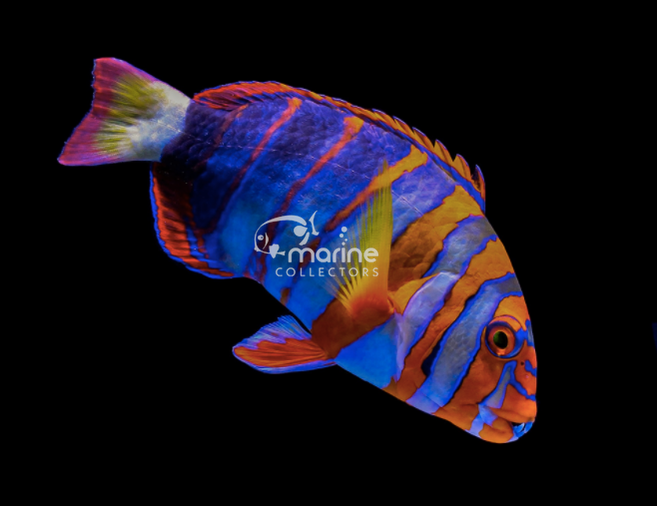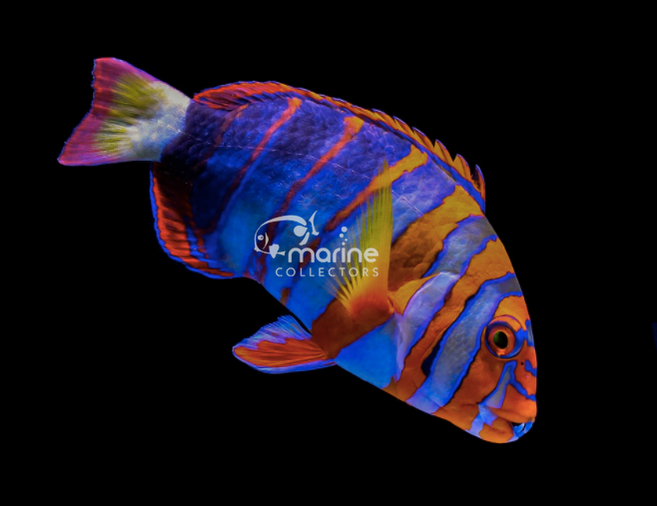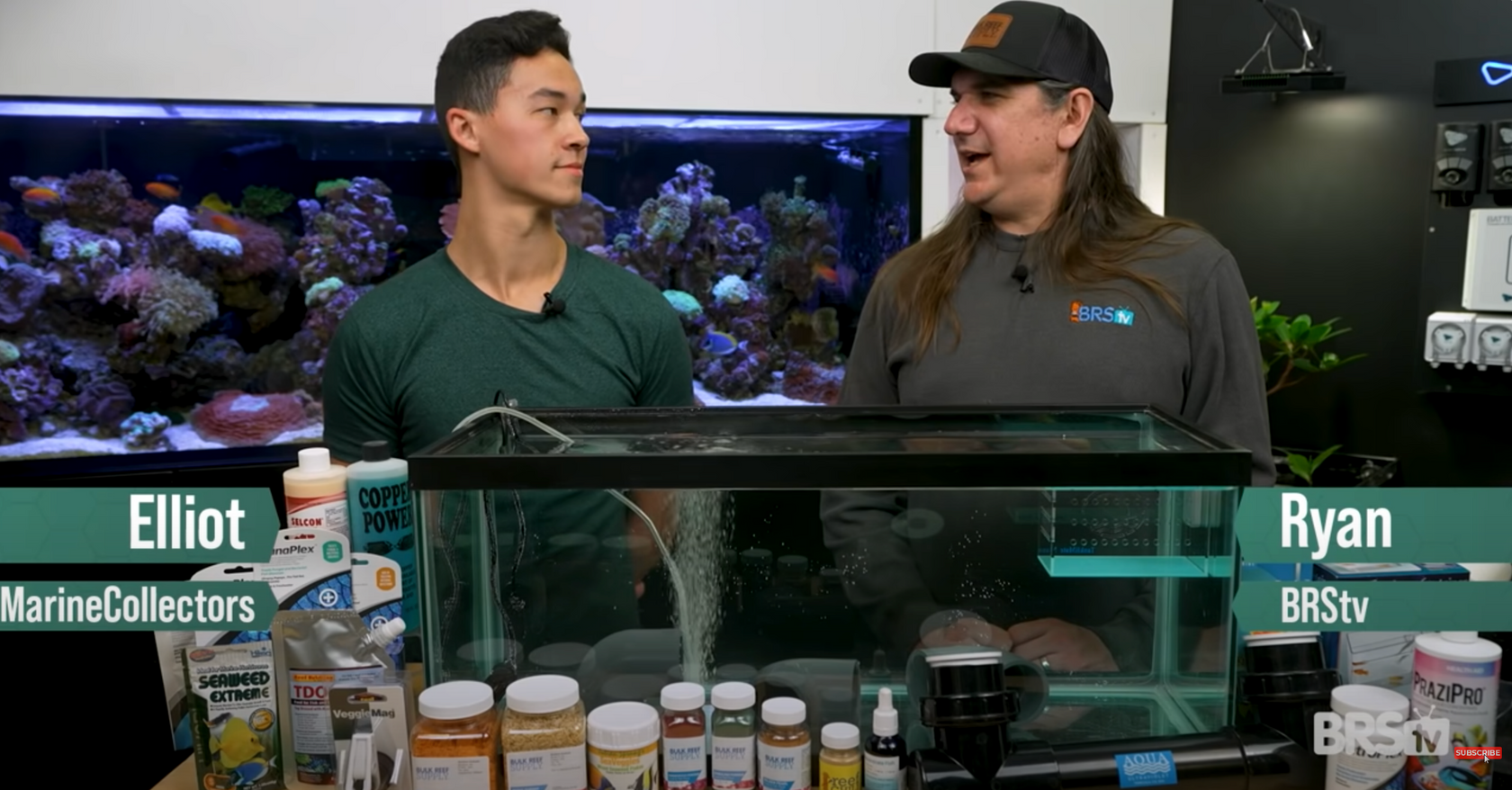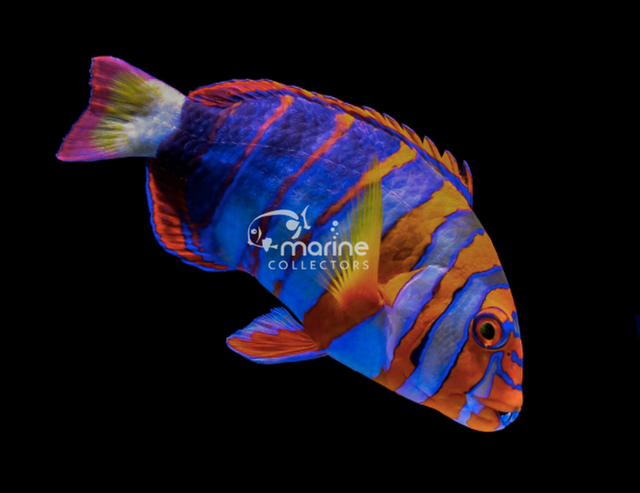|
14-Day Clean (Quarantine)
|
|
| Just the Fish (No Quarantine) |
|
14-Day Clean (Quarantine) Fish: Ready to ship around 2-6 weeks after purchase. You will be contacted when QT is complete.
Just The Fish (No Quarantine): ship within a week of purchase.
Description:
The Australian Harlequin Tuskfish (Choerodon fasciatus), is one of the most visually vibrant marine species we can keep in aquariums. Sought after for its extravagant colors and distinctive appearance, the Harlequin Tusk is a great choice for anyone looking for a large personable fish that adds a ton of color to their aquarium.
Australian Harlequin Tuskfish are differentiated from their Indonesian counterparts by their significantly brighter colors and blue teeth. The Australian variety has bolder pink on the tail and progressively thinner orange stripes as the color it moves from head to tail. This fish is typically found in coral-rich environments, including reef flats and slopes, and rocky areas. It prefers plenty of hiding spots and crevices among coral formations where it can hunt for crustaceans.
Specifications:
Minimum Tank Size: 120
Care Level: Moderate/ Intermediate
Temperament: Semi-Aggressive
Reef Compatible: With Caution
Water conditions: Temp 72-78F, pH 7.8-8.5, Salinity 1.022-1.026
Maximum Size: 10"
Diet: Carnivore
Origin: Australia
Family: Labridae
Care information:
The Australian Harlequin task, once settled to aquarium life, is an incredibly hardy and resilient fish. They do no not give in to illness or disease easily, and are very easy to feed.
Note, this species tends to struggle with shipment. Upon arrival this fish may be lethargic and hide for the first week. Housing it in an isolation box may be beneficial while it recovers from shipping. Tusks should be kept in an aquarium no less than 5 ft long. They should be fed a variety of meaty foods; Manila clams, krill, silver sides, and other meaty items will go a long way to ensuring their long-term health. While listed as reef safe with caution, these fish will never touch coral, but likely will eat crustaceans, snails, and potentially large clams.
-
Specifications- Coming soon!
Coming Soon!






